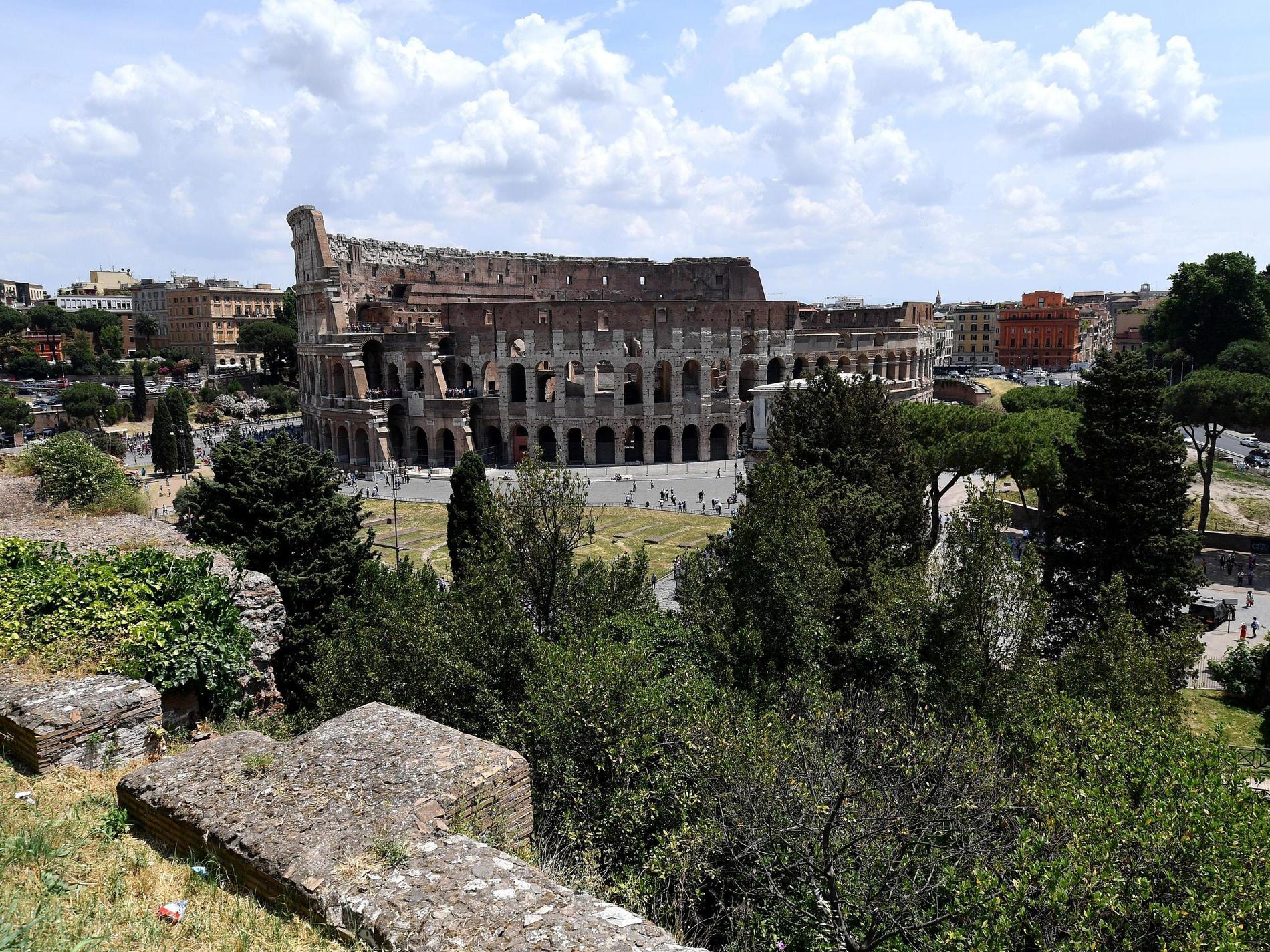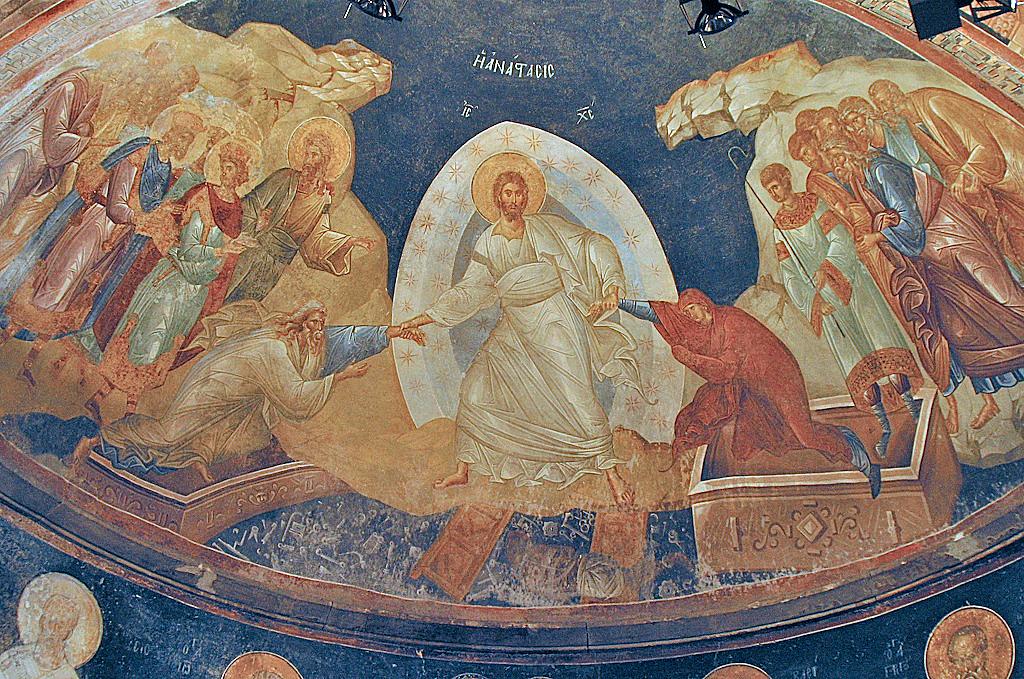God is dead and we have killed him, says Nietzsche, summarizing something from the experience of faith that is unheard of for many Christians today. What does it mean that Jesus “descended to hell”?
KIM LARSEN, Catholic and professor at NLA Bergen University College

Many people now experience the 40 days of Lent. Individuals have been given the opportunity to draw their life line, and many have found it a useful exercise in refraining from the good and evil that may have taken up too much space in everyday life. Habits change, patterns change.
The Church’s thinking about Lent rests on the insight that humans have the extraordinary ability to purify their bodies and souls. Humans can practice managing life and nature in a better and more precise way.
Lent therefore provides an opportunity for the individual to find the right balance in life, so that one has the opportunity to make real settlements with his vices, our tendencies which have contributed to our weak will. Disassembly becomes easier, the goal is clearer.
Good Friday is the last and perhaps the most difficult day of Lent. Participating, by living the story of Jesus’ suffering, is a huge pressure for many people. All illusions about who this man was shattered on this day, and this is reflected in the Good Friday service.
Now it is hopelessness and sadness that are the lenses through which the church sees reality, more than the struggles and introspection that are so dominant during Lent.
Suffering, abandonment and death on the cross overshadowed the congregation in the service, and the church mourned not only that Christ had died, but all those who had died with him.
Good Friday services are built around the “living dead” paradox. Christ is dead, he is truly dead, but the congregation still sings about the immortal God in his holy Trishagion: “Holy God, mighty God, eternal God, have mercy on you”.
The church is encouraged to reflect on what it means for Jesus to have died, this man who was with God, and who was and is God.
Easter Vigil is a day for such reflection. Because what does it mean, as the church proclaims, that Jesus “descended to hell?”

Also read
Repetition is change
Why do we talk about repetition as a possibility, when in itself it is impossible?
This is a difficult question to answer, and countless theologians have speculated about what it contains. An old sermon from the 4th century gives us some clues as to how this underworld event has been interpreted throughout history.
Its author, Epiphanius of Salamis, went so far as to suggest that Christ descended to Hades to awaken those who had been sleeping for centuries. He wrote: “He [Jesus] went to find Adam, our first father, the lost sheep. He goes to all who sit in the darkness and shadow of death. He went to Adam and Eve to release them from their bondage, he who was both God and their son.”
Jesus now stands in solidarity with the dead, and calls out to those in the realm of the dead. Because the church believes that no situation in the world, or in the underworld, is in utterly inaccessible darkness completely outside the realm of God’s dominion.
Several texts in the Bible and in church tradition suggest the same thing: On Easter Vigil, Good Saturday, a dramatic battle took place. Christ descended into Hades, and death fought for his life, and lost.
The idea is that Jesus, in death, stretches out his hands to Adam and Eve, and with them all of humanity, and frees them from death’s captivity.
In art we find this underworld view expressed. In one of the frescoes in the well-preserved Byzantine Chora Church in Istanbul, Jesus’ descent to the underworld is faithfully visualized.
The Anastasis fresco depicts this drama with great power – where Adam and Eve grab Christ, and Christ grabs them by the wrists and pulls them out of the sarcophagus where they have lay since then in the Garden of Eden.
Painters from the 14th century have completed their works of art; to depict Christ as harmonious and peaceful, his face shining, while his body is full of energy from head to toe.
We get a definite impression: There is a battle going on in this scene depicted in the icon. There was something at stake, and hell could not hold Christ tightly. Jesus in a sense “plundered” Hades, and in this way fulfilled the prophecy of the Old Testament: “You will not leave my soul in Hades” (Psalm 16).
The ecclesiastical idea is that the gates of the underworld are knocked down, by Jesus’ death at the crucifixion and his resurrection. That is what the Anastasis icon represents to us. Jesus, in the realm of the dead, helps the untimely righteous, get out of the kingdom of the shadow of darkness – to new freedom and eternal communion with God.

Also read
Remember you will die
In recent years I have felt my own mortality. I think it has something to do with age.
This extraordinary perspective on Jesus’ descent into Hades is not only depicted in art, but also sung in the liturgy this Easter night: “Today Hades groans and weeps: my strength and my strength are broken … I am [dødsriket] have my power dead of all ages, but look: He [Kristus] wake them all up!”
Such a hymn at the same time refers to the day of the resurrection, it is also called the eighth day, in which Kairos barged in chronoswhere eternity penetrates time and renews it.
Therefore, Easter Vigil is a day of many contradictions. The church imagined calm on the surface, but at the same time there was a fierce battle going on in the realm of the dead. The church mourns the death of Jesus, while knowing at the same time that Christ will rise from the grave.
Easter night actually lies there, in the middle of despair and joy. It is a day of mourning surrounded by lights – the lights that have not yet been lit, but will be lit tonight, at the most important and longest service of the year: the Easter Vigil Mass.
Happy Easter!

“Hardcore zombie fan. Incurable internet advocate. Subtly charming problem solver. Freelance twitter ninja.”






